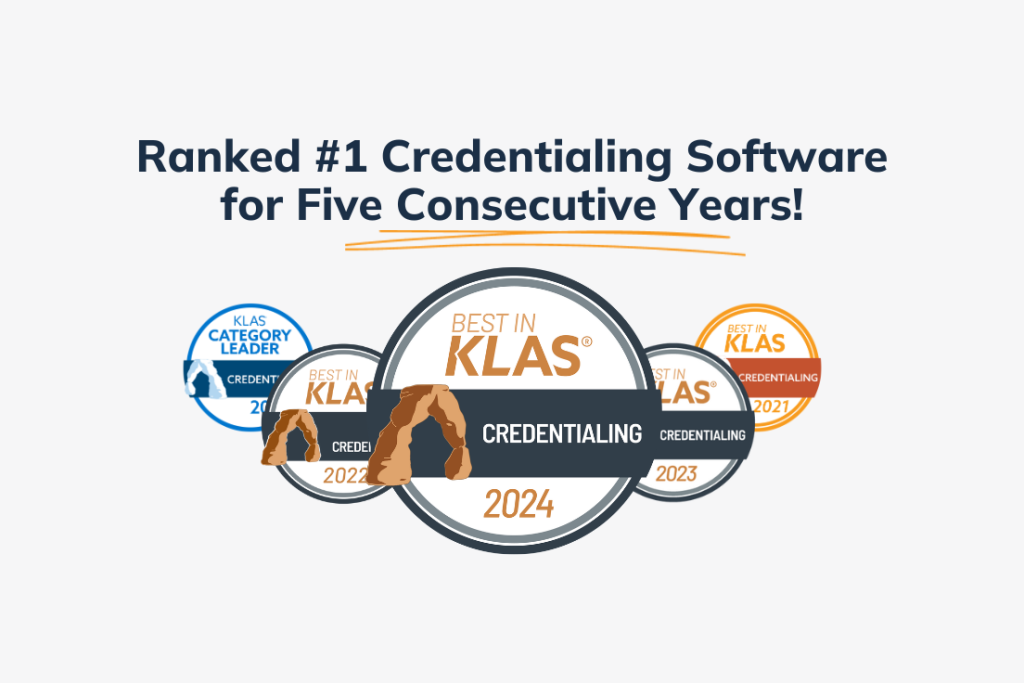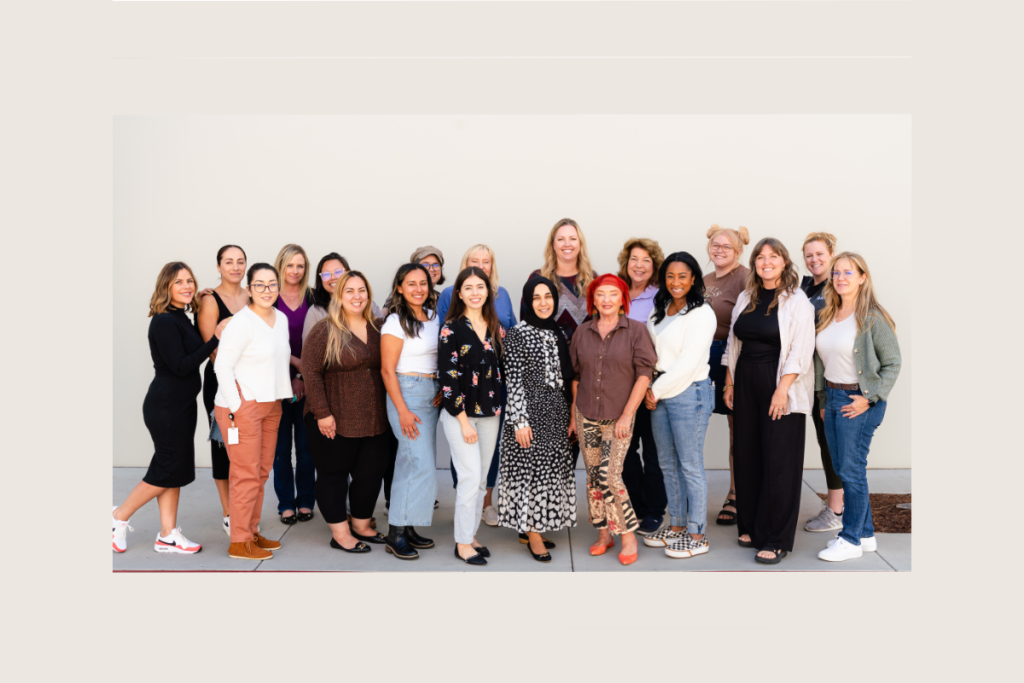In the healthcare industry, we strive daily to uphold excellence in everything we do. A system of checks and balances with periodic audits is one method we may safeguard that quality, even though it can be challenging at times. Agencies, such as The Joint Commission (TJC) strives to ensure you are performing at your best; every audit you undergo helps you improve the quality of documentation and patient safety.
It is best practice to continuously prepare for an audit. Once you complete one audit, start preparing for the next audit. Planning weekly, monthly, and quarterly inspections of your records will help stay on track of any discrepancies that may appear.
The process and requirements of a certification, accreditation, and/or regulatory survey differ based on a variety of factors. Common among all surveys is the review of a combination of policies, meeting minutes, and documents (e.g., applications, verifications, checklists, and approval letters). Whether your organization is fully paperless or transitioning to a paperless workflow, your approach to audit preparation should be re-evaluated to ensure a successful survey.
Common Audit Methods
Regulatory organizations perform a combination of in-person and online audits. As a way to cut costs, state and health plan surveys are shifting more and more toward desktop and virtual audits. Surveys conducted by organizations such as The Joint Commission (TJC), National Committee for Quality Assurance (NCQA), and Centers for Medicare and Medicaid Services (CMS) are conducted onsite and require a face-to-face meeting with the surveyor. The various methods available to meet the requirements of sharing documentation for audits include – an online conferencing solution, a combination of in-person, and desktop sharing along with online conferencing, and paper documentation.
Online Conferencing
Online conferencing tools are a fast, efficient way of sharing information with the surveyor. Medical offices can share relevant data and documents completely online. Surveyors then have opportunities to review this information offsite. Online conferencing tools offer a controlled environment for the surveyor to view prepared documentation. MD-Staff’s Virtual Committee provides the security and flexibility for the configuration of audit reporting.
Medical Services Professionals (MSP) are moving more and more towards an online conferencing tool that can be used not only remotely but in person. Many audits are done in person to provide opportunities to deep-dive into documentation and ask alternative questions. The combination of providing information through virtual committee portal in person has cut audit times immensely.
Shadowing
At times, a surveyor may shadow a Medical Staff Professional (MSP) to conduct an audit. The MSP will navigate through documents and data directly in their credentialing software while meeting with the surveyor either in person or online. Maintaining consistent data, verifications, and files is imperative for this process. Also, the MSP must feel comfortable navigating within the system to keep the audit moving. Practice makes perfect!
Paper or Scanned Files
While most Medical Services Offices (MSOs) are leaving paper behind, there are still many facilities printing and storing documents in physical files. Currently, surveyors still accept paper documentation. If time allows, Medical Staff Professionals (MSPs) sometimes scan paper documents to present electronic files. Even for paperless organizations, printing elements of a file and scanning them into one image is sometimes necessary when an offsite surveyor requests files are electronically sent in this manner.
Best Practice Tips
Communication
Communicate to the surveyor, as early as possible, the way you plan to share the requested files and documentation. This will help you and the surveyor be prepared to streamline the audit process.
Flexible
Be prepared that you may need to change how you present the deliverable to the surveyor. They may prefer paper versus paperless or vice versa. Present your preferred method but be open to an alternate method of sharing based on the surveyor’s level of comfort.
Delivery Consistency
If your files are half paper/half electronic, prepare documents to be shared with the surveyor in one manner. Having a combination of methods can create confusion about what documentation is where.
Organize
An organized database is the foundation of success for audits. Be prepared and able to quickly navigate to the requested documents. When the surveyor reviews an organized file, they quickly build confidence in your skills and office professionals. Exceptional organization of documentation helps set the tone of the audit.
Listen
Listen carefully to the request/question and show the surveyor only what is requested. Put aside distractions that may take your focus away from the surveyor. Being attentive to the surveyor’s needs will assist in developing trust.
KISS – Keep it Simple & Short
Don’t over-explain or introduce topics not relevant to what has been requested for review. Answer quickly with confidence and accuracy. Elaborating or going off-topic will create concern from the auditor and trigger a lengthier process.
Relax
You got this! You have crossed all your T’s and dotted all the I’s to prepare. Weekly and monthly, you have reviewed changes within your database to maintain impeccable data. While you have been performing your responsibilities to secure patient safety, the auditor performs their duties for checks and balances!
To learn more strategies to ace that next audit, join us at the MD-Staff Educational Conference in Las Vegas, NV, from March 1st – 3rd, 2023.



